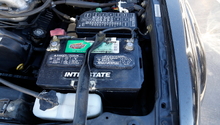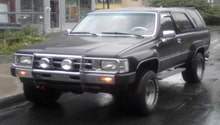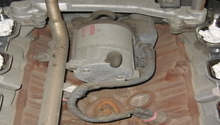Toyota Tundra: Why Won't My Truck Start?
Usually, a car that doesn't start is easy to diagnose, but there are some complicated issues that could cause this problem. Find out how to diagnose it below.
This article applies to the Toyota Tundra (2000-Present).
The Toyota Tundra is a really reliable vehicle; however, like any car, your truck might not start one day. There are hundreds of possible causes to this issue, but there are some very common causes that will be discussed in the article below. Keep in mind to take common electrical safety precautions whenever you are working with the car's charging and electrical systems.
Step 1 – Check your battery
The battery is one of the most common causes of a no-start issue.
If your battery is more than four to five years old, you should look into replacing it or at least having it tested at a local auto parts store. Over time, the ability for a battery to hold a charge and its cranking capacity will deteriorate. Also, something as simple as loose terminals can cause your car to not start, so make sure all of the basic connections are tight and corrosion free.
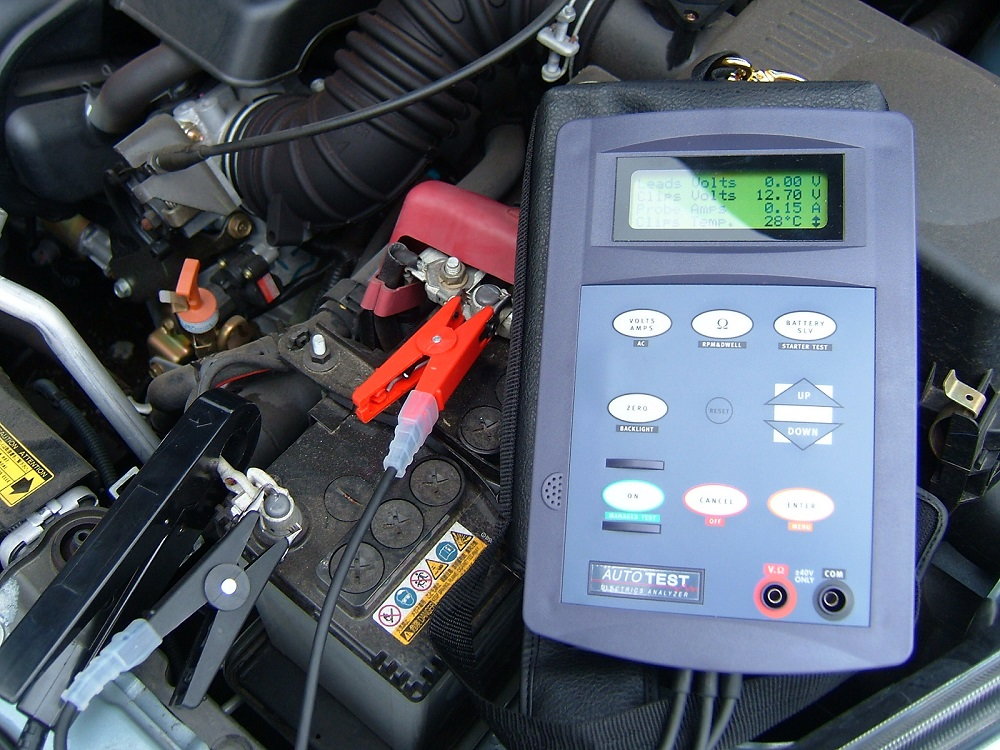
Step 2 – Check your starter
Your starter might be worn out or completely dead.
Checking your starter begins with checking the wiring connections on the back of it. Make sure that all of the connections are tight and corrosion free. If things check out visually, crack out the voltmeter again. Place the prongs on a ground and the wiring bolt, then test the voltage output with the engine turned off, and then with the key in the ignition in the on position. If the voltage checks out, try tapping the starter with a mallet while attempting to start the truck. If this little test works, your starter is dying and requires replacement. If these do not fix your issue, then remove the starter and have it checked at a local auto parts store. This will tell you if you need to replace your starter or not.
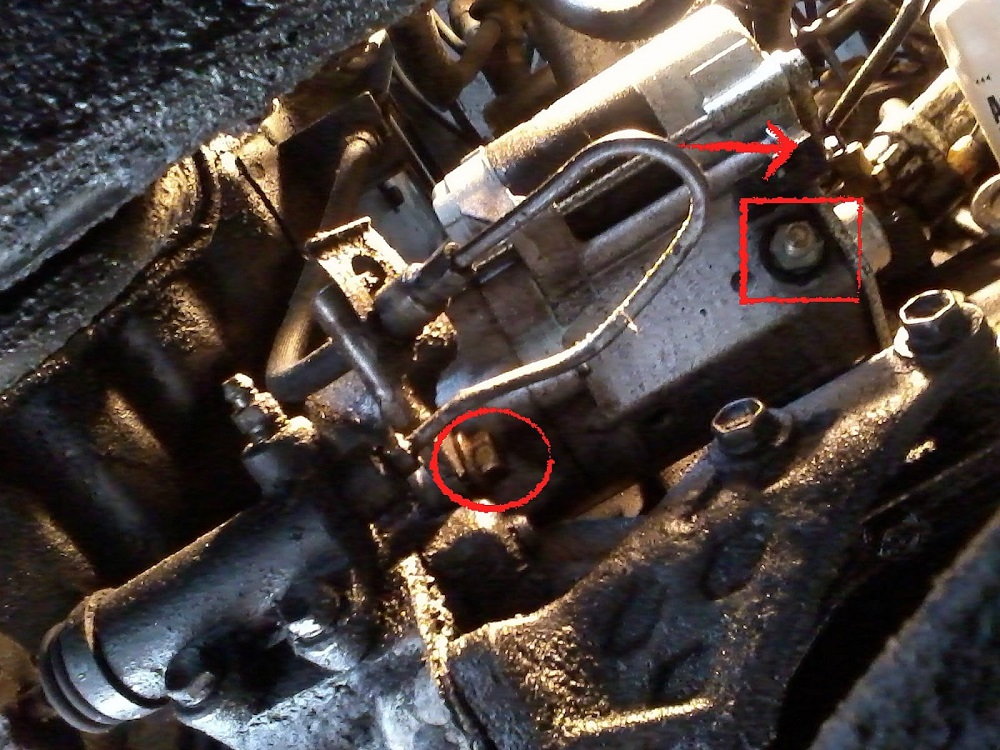
Step 3 – Check your spark plugs
Having no spark will cause your engine not to start or stumble.
The best way to check spark is to unplug all of your spark plug wires, except the wire that goes to the plug you want to test. Also, remove the fuel pump relay. Then, remove that spark plug and ground it. The next step is extremely dangerous, so use caution and do it at your own risk. Have someone try to crank the engine over and look for spark from the tip of your spark plug. If there is no spark on one of your plugs, then proceed to replace all of your spark plugs.
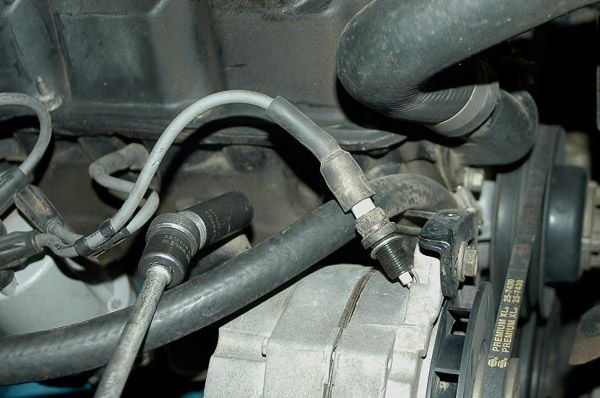
Step 4 – Check fuel system
Your fuel system needs to function perfectly to be able to deliver fuel the engine and start it.
A common service item that is often forgotten is your fuel filter. After thousands of miles or a bad tank of gas, your filter can get clogged, making it impossible for fuel to get into the engine. Make sure your fuel filter is replaced regularly. If this is not a solution, then check your fuel pump and fuel pump relay. You should be able to listen for a click from the fuel tank signifying that the fuel pump is on. Next, check your injectors and fuel rails!
If any of these solutions do not work, then check all of the relays and switches like your clutch pedal switch in your truck. Good luck with your search!
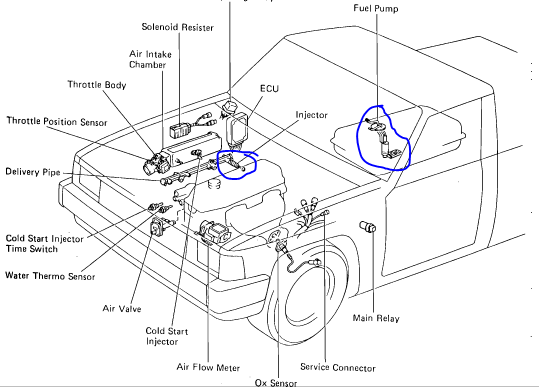
Related Discussions
- 4.7 Litre Tundra Starter - YotaTech.com
- '00 Sequoia Wont Start - YotaTech.com
- 2002 Tundra V6 Engine Wont Start When Hot - YotaTech.com

